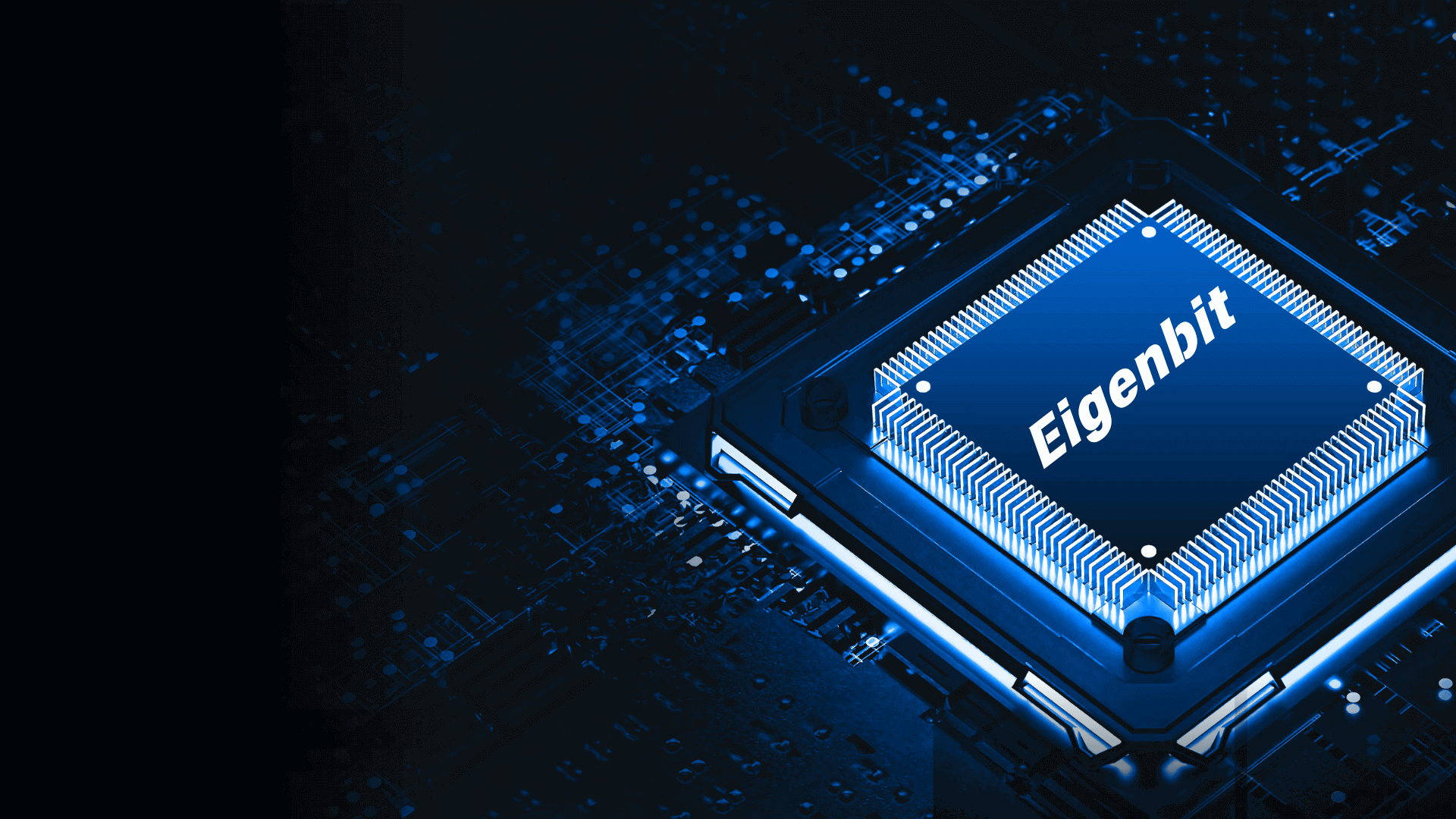
Advantages
core technology
We are committed to providing top-tier storage controllers and solutions to our upstream and downstream clients, with core advantages in data reliability, flash compatibility, power consumption, security, performance stability, and technical support services.
1. Enterprise-level 4KB LDPC, significantly reducing failure and repair rates
Our self-developed ultra-strong 4KB LDPC algorithm reduces UBER to 10^-17
(while some similar products using BCH, 1KB/2KB LDPC).With 4K LDPC, our controllers significantly enhancing data reliability, extending product life, and reducing the failure and repair rates.
2. Perfect compatibility with TLC, QLC NAND , fully leveraging the new features of 3D NAND
Our controllers are perfectly compatible with TLC, QLC NAND flash from manufacturers such as Samsung, Micron, and SK Hynix and support emerging 6-plane flash. Besides,our controllers can fully utilize advanced features of 3D NAND such as AMPL/IWL/VML to achieve a leap in performance.
3. Innovative algorithm architecture, significantly reducing power consumption
By adopting a unique algorithm architecture and advanced power management technology, we effectively balance power consumption and cost. Our LDPC module's power consumption drops by more than 80% compared to industry standards, achieving a high-performance, low-power storage solution, which forms a significant advantage in mobile devices and industrial fields.
4. Stringent testing, stable and reliable
Our products have undergone 5 years of firmware testing and 2 years of chip-level testing and validation, ensuring stable performance and reliable quality.
5. Client-first, rapid response
We adhere to the principle of wholeheartedly serving our customers, with a professional technical support team that responds quickly to our customers and meets their requirements comprehensively.
Choosing Eigenbit means choosing reliability and excellence.

Develop competitive products oriented by clients and respond quickly to our clients.

Strong error correction; High performance; Low power consumption.

5 years of firmware testing; 2 years of chip-level testing and validation.